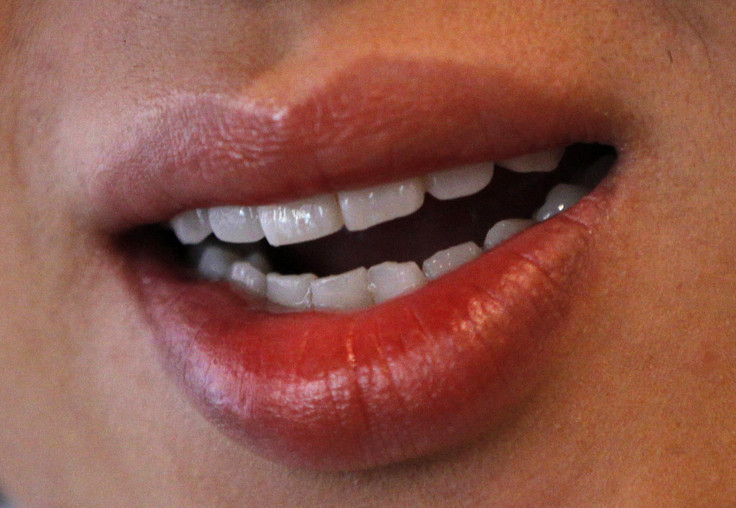Gender Studies And Clear Speech: What Makes A Voice Sound Feminine?

Hearing the voice of an unknown person on the phone, we immediately guess whether we are speaking to a male or female. While voice pitch is usually the deciding factor, other subtle features of a person’s speaking style may also communicate gender. Exploring these details, researchers at the University of Utah discovered females tended to share three vocal qualities, while “clear speech” tended to increase a listener’s sense of the talker’s femininity.
What is clear speech?
Clear speech, as described by senior researcher Dr. Sarah Hargus Ferguson is “the speech that people get when you tell them to speak clearly.” It’s something, she says, audiologists just assume talkers know how to do. In an interview on Scope Radio, she discussed how the earliest research of clear speech began in the mid-1980s at MIT. At that time, audiologists made an acoustical analysis of clear speech and discovered what exactly made it clear, but what they didn’t understand is what helps make speech comprehensible from the listener’s standpoint.
For the current study, then, Ferguson and her co-author investigated the relationship between clear speech and possible gender perceptions.
Jaime Booz, first author of the study, and Ferguson tasked participants with listening to individual sentences taken from the Ferguson Clear Speech Database, originally developed in 2004 to explore different variables of clear speech and how it differs from one person to the next.
On a computer, study participants were asked to rate how masculine or feminine various recorded sentences sounded. The intention wasn’t for listeners to assess speakers based on their immediate perception of whether they were a male or a female. Instead, participants rated how feminine or masculine each recorded sentence sounded. After analyzing all the responses, Booz and Ferguson were able to determine how much a clear speech style might change how listeners perceive gender.
Though "there is a lot of overlap between male and female talkers in terms of vowel intelligibility and clarity ratings," as Booz told Medical Daily in an email, she and Ferguson discovered speaking clearly related to an increased perception of femininity. Still, the degree each individual talker altered listeners’ perceptions varied quite a bit. According to the researchers, female talkers had higher pitch, more fluctuations in pitch, and more expanded vowel space — this depends on where the tongue is placed in the mouth. These three specific features, then, correlated to an increased perception of femininity; and male talkers, when asked to produce clear speech, intuitively emphasized these three features when speaking.
"There are many factors that influence how we perform gender in voice and speech and how these cues are received by listeners," Booz said, adding, "listener bias may play a role in ratings of perception, but that is a much broader topic than what my study addresses."
Ultimately, Booz hopes to help transgender speakers change listener perceptions of their femininity by teaching them to modify their speech. The current study is introductory and does not prove that using clear speech will make a masculine voice sound feminine. However, it does show one way a person might begin to tip the scales in that direction.
While Booz continues to explore potential transgender uses of clear speech, Ferguson investigates possible uses for listeners with hearing loss, such as older adults. She hopes to create an intervention to help the families, partners, and friends of the hard-of-hearing patient.
“If I made clear speech clear, I could do an acoustic analysis right on the spot and know if they're an effective clear speaker,” she said on Scope Radio. Then, after she explains how to speak more clearly, family and friends “could practice this, record how it went, and it would be part of an overall oral rehabilitation program.” Communication restored!
In the end, each of us wants to understand and to be understood. Clear speech, which may not be as simple as it sounds, is one way to accomplish that.
Source: Booz JA, Ferguson SH. Perceived gender in clear and conversational speech. Acoustical Society of America's Spring Meeting. 2016.



























